With advancing technology, things change and they change for good. But do they really change for a better experience or growth? Not always! When it comes to safety surely the automotive sector is now safer than ever. But talking about driving, in the 21st century automated everything is the new cool.
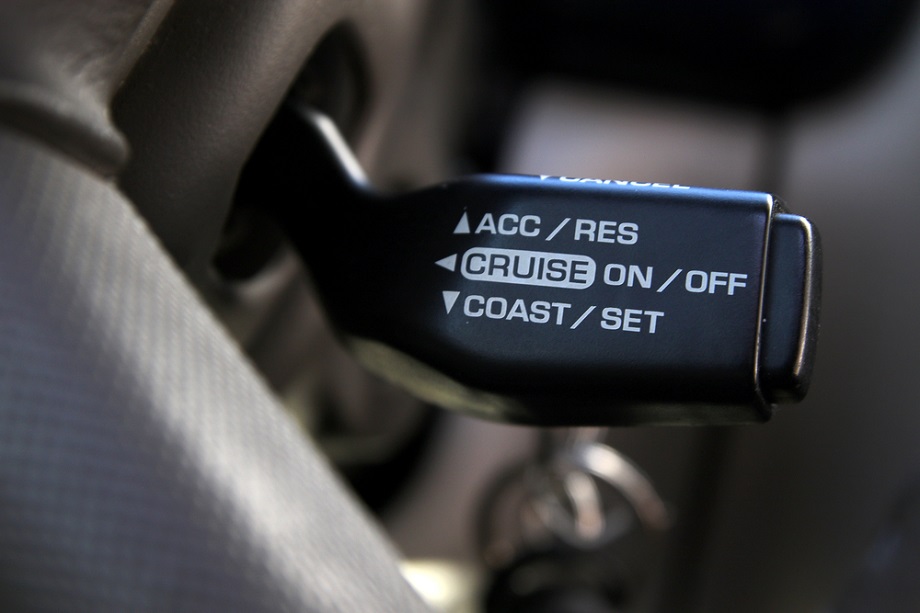
Starting with automatic transmission to cruise control everything is making the driving experience lethargic but super easy. In the abundance of convenience features, today let’s have a look at the ‘cruise control’ and where it all started.
Speed Control Device | 1900
1900, the time when the automotive industry was in hot books and saw a new invention or implementation almost every day.
- Same is with the case with the cruise control, earlier known as the speed control device.
- Wilson Pilcher is the one who has the credit of inventing this device in 1900.
- Also, in 1910s Peerless was the one who perfected by adding a little more to just controlling the speed.
- The speed control device by Peerless could maintain speed on hill climbs as well as down slopes.
Interesting Fact: But originally the technology was used by James Watt and Matthew Boulton to control steam engines back in 1788.
The Invention of Cruise Control | 1948
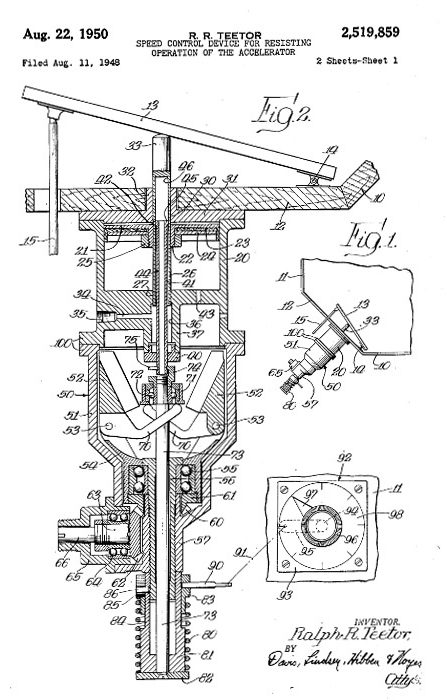
After perfecting the speed control device and many experiments the first modern cruise control system came into being in 1948.
- A mechanical engineer ‘Ralph Teetor’ was behind the hard work of inventing this lethargic device.
- Well, there is always a story behind every invention. But the situation that motivated Ralph was his lawyer.
- This is where his lawyer kept on increasing and decreasing the speed of the car when on the freeway.
- Hence Ralph thought of overcoming this flaw by developing a better speed control device and that later made into almost all the modern cars.
First Car to have Cruise Control
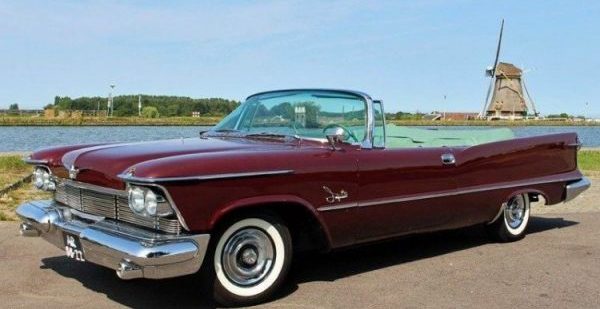
The first 4 wheeler to boast of this system was the 1958 Chrysler Imperial. In this vehicle, it was called the ‘Auto-Pilot’.
- The system first calculated the ground speed by the rotation of the driveshaft or the speedometer cable.
- Additionally, it used a bi-directional screw-drive, an electric motor to modulate the throttle position as needed. Hence controlling the speed of the vehicle.
- The Cadillac Division renamed the Speedostat and marketed as the ‘Cruise Control’.
Stepping in the early 1990s (Modern Cruise Control)
In the starting of the early 21st-century almost all car manufacturers started developing their own cruise control devices. PS. this time it was using all the modern techniques like various sensors and electronic actuators.
Most of the modern cars come equipped with the cruise control system. But for those who are not aware, there are 2 types of cruise control systems. The most common of the system is the conventional system. The other more advanced form of cruise control is the adaptive cruise control.
Static Cruise Control System
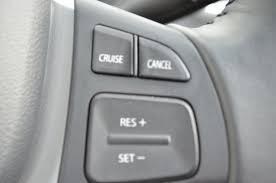
Here in India, most of the cars come with a conventional cruise control system. Well, we are talking about cars excluding the high-end ones (Audis, BMWs, Mercedes-Benz and more).
- Before diving into its working, a wheel speed sensor, vehicle speed sensor, and throttle position sensor are components responsible for working cruise control.
- To engage the cruise control, the car must be travelling at a minimum speed of 40kmph.
- Now, the driver sets a fixed speed to cruise at. This is where the vehicle speed sensor and the wheel speed sensor comes into play.
- The wheel speed sensor works in sync with the vehicle speed sensor to keep the vehicle at the set desired velocity.
- If the vehicle is going uphill, the wheel speed sensor informs the ECU to increase the speed.
- The same is in the case when the vehicle is going downhill. Instead, the brakes will be applied to slow the car down.
Adaptive Cruise Control (ACC)
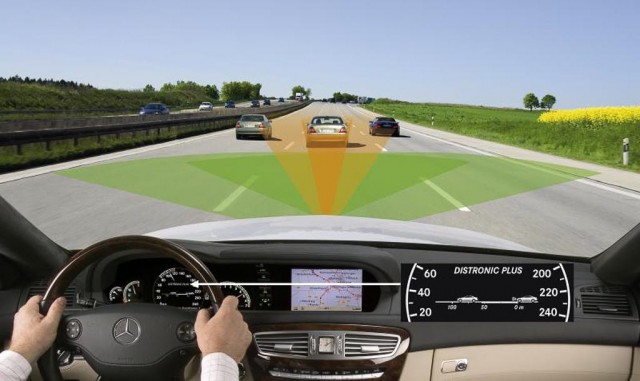
The system that uses a lot more sensors than the conventional cruise control will surely be more advanced, period.
- Although, ACC uses all the sensors from it’s less advanced sibling but also includes radar, sonar, and cameras are used to function.
- ACC takes the cruise control to a next level. In this state of the art system, the driver sets the desired speed along with a set distance from the vehicle in front.
- Not the driver just has to give the steering input. Unless you have a car that drives for you (Boring).
- The vehicle with ACC can stop itself in stop and go traffic while maintaining the distance ahead.
Well, this is how the Cruise control, from speedostat or tempomat, became ACC.
In the abundance of convenience features in cars today. Here we take a look at the ‘cruise control’ and where it all started.
Interesting: 10 Inventions that Lead to the Making of the Modern Car!
Also, read Power Windows In Cars and the Interesting History Behind Them






